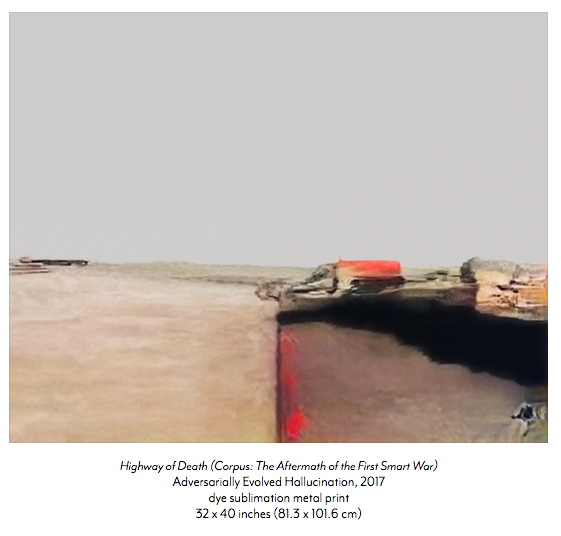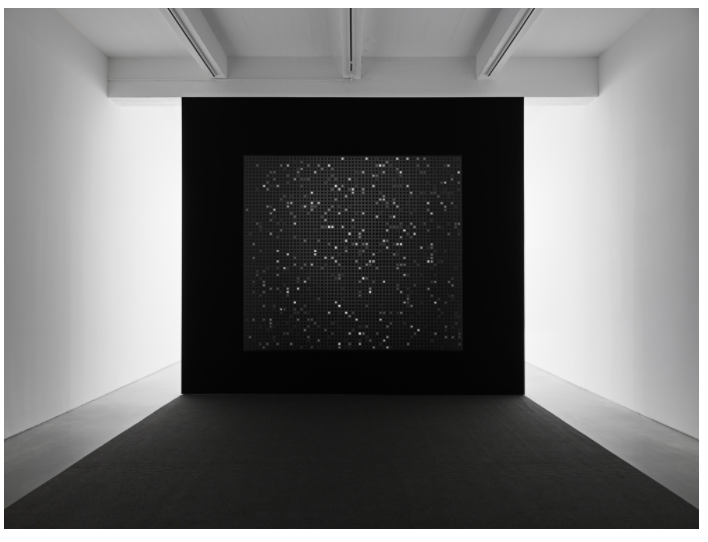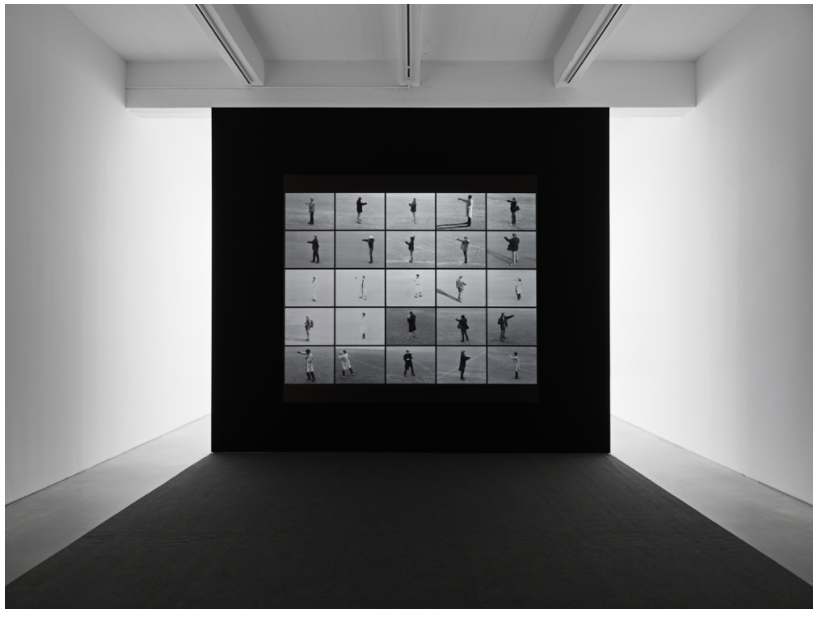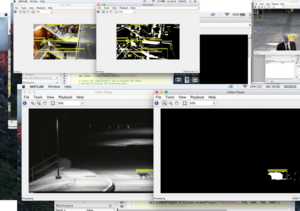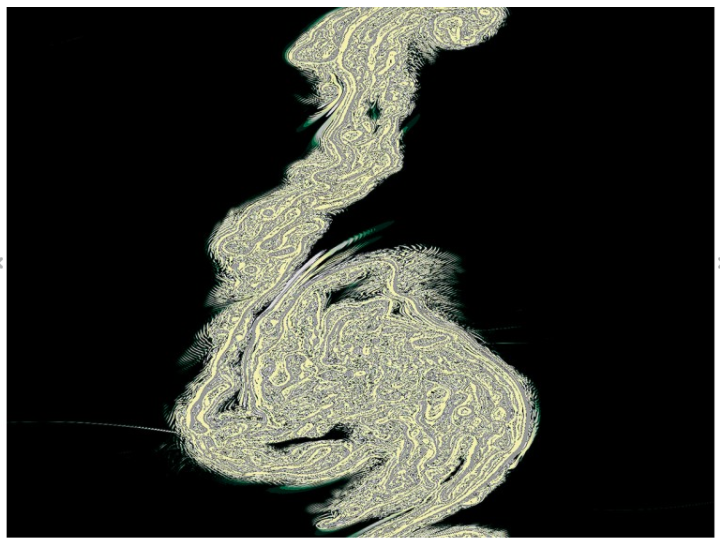Difference between revisions of "14"
| Line 59: | Line 59: | ||
Boris Smeenks & Arthur Boer [https://epochai.github.io/#13] | Boris Smeenks & Arthur Boer [https://epochai.github.io/#13] | ||
| + | |||
| + | [http://rhizome.org/editorial/2012/jul/31/universal-texture/] | ||
= Sketch = | = Sketch = | ||
Revision as of 15:23, 20 November 2017
Seeing machines
– Not only humans see the world
First thoughts for the project / I want to make a stand on Photography. This is because during my study I want to distantize (distantiëren) myself from the way it is used. To me, it seems that the traditional way of photography is still used as the industry (and by the military) have developed it. It feels short-sighted to still use it that way. Because of the industrialization of photography it has undergone a transition. It resulted in a oversupply on footages, a overflow of information. The image for me is related to desire and I still want to consume it but, I want to find alternative ways to work with it. What I find really fascinating is that photography is used for controlling society in a social and political way.
Susan sontag – on photography .183 Door die fotografische verkenningen en verdubbeling van de wereld worden continuïteiten verbrokkeld en de stukken ervan in een nooit eindigend dossier gestopt dat controle mogelijkheden verschaft die zelfs de stoutste verwachtingen onder het vroegere registratiestelsel voor informatie te boven gaan. Dat fotografische registratie altijd een potentieel controlemiddel is, werd al ingezien toen die macht nog in de kinderschoenen stond.
.185 De fotografie heeft een bepaalde macht die geen andere beeldvormend procédé ooit heeft bezeten, want in tegenstelling tot vroegere procédés is de fotografie niet afhankelijk van een beeldenmaker. Hoe zorgvuldig de fotograaf ook te werk gaat bij het het voorbereiden en leiden van het procédé, het proces zelf blijft een optisch-chemisch (of elektronisch) proces dat automatisch functioneert, en waarvan de apparatuur onvermijdelijk zal worden gewijzigd om de werkelijkheid nog gedetailleerder een dus bruikbaarder in kaar te brengen. Door het feit dat die afbeeldingen op een mechanische manier geboren worden en een zeer letterlijke macht overdagen, is er een nieuwe relatie ontstaan tussen beeld en werkelijkheid.
.210 Een kapitalistische maatschappij heeft een cultuur nodig die is gebaseerd op beelden. Ze moeten zorgen voor een massa amusement om het kopen te stimuleren en het onrecht van klassen-, rassen- en sekseverschillen te verdoezelen. En ze moeten onbeperkte massa's informatie verzamelen, om des te beter de natuurlijke hulpbronnen te kunnen exploiteren, de productie op te voeren, orde te houden, oorlogen te voeren en baantjes te verschaffen aan de bureaucraten. De tweevoudige capaciteit van de camera om de werkelijkheid te subjectiveren en te objectiveren voldoet op een ideale manier aan dei behoeften, en versterkt ze nog. Door de camera wordt de werkelijkheid gedefinieerd op de twee manieren die essentieel zijn voor de praktijken van een hoogontwikkelde industriële maatschappij: als schouwel (voor de massa), en als middel van toezicht (voor de regeerders). De beeldenproductie levert meteen een heersende ideologie op.
Seeing machines (worktitle) 'not only humans see the world, machines see the world for other machines'. How do they see the world? How can I make this visible and what can I learn from seeing like them? What will I receive from those systems? I would like to think about what role the medium within it is playing. No ground-based photography can capture those systems as well as the hundreds of satellites operating above us. I want to develop a tool that let us see.
Seeing machines or vision apparatus is a collective name from your analoge camera to IPhones, Backscatter X-ray, Automated License Plate Recognition systems, facial-recognition surveillance cameras, webcam, communication satellite, Gorgon Stare, Google street view cars, dash cam, scanner, electron microscopic etc. So many diverse technologie that the definition extends to include the images (or data) produced by such imaging systems.

Research
Critical Engineering Manifesto [2]
Jeffrey Thompson – every possible photograph [3]
Sterling Crispin – data masks [4]
Trevor Paglen – transmediale 2014 keynote: Art as Evidence [5][6]
Beijerkoppen – Paul Cox, Toine Horvers [7]
developed software, which continuously searches and generates images of news broadcasts from the digital supply of international TV-channels on the web. Special software determines the right crop, size and composition of the picture before it appears on one of the displays. Real-time with Matching algorithm
Paul Virilio – the vision machine 1994 [8]
'a machine that would be capable not only of recognising the contours of shapes, but also of completely interpreting the visual field, of staging a complex environment close-up or at a distance? Aren't they also talking about the new technology of 'visionics': the possibility of achieving sightless vision whereby the video camera would be controlled by a computer? The computer would be responsible for the machine's - rather than the televiewer's - capacity to analyse the ambient environment and automatically interpret the meaning of events. Such technology would be used in industrial production and stock control; in military robotics, too, perhaps.'
Geert Mul, lecture [9]
Boris Smeenks & Arthur Boer [10]
Sketch
I think I have to explain a view steps. First of all I mixed up some thoughts, this I found out when I had to start to form the research question. The 21st century will be a photographic century because photography became all-pervasive. Because of this dramatic changes and the explosion on footage as a result, I have to ask new questions. This way I can be critically again. The status of the images changes, it altered the craft. I want to discuss this changing status and what, I think, has expand the definition on photography. I see this as a starting point.
My fascination about photography is that its used for controlling society in a social and political way. (That explains the chosen texts from Susan Sontag.) Science has made it possible to create more and more vision machines. I am very curious to investigate this new technical changes and the effects in the visual culture. The working title is derived from this.
ik wil visueel onderzoeken hoe ...
[12] (!) Trevor Paglen: A Study of Invisible Images (Images Trevor Paglen – A study of Invisible Images)
At last I want to think about the role of photography in our homes. I'm annoyed by the out-dated design of it. Visual culture has undergone a transition. This is also visible in our homes / Grandma had a special place in home where al the family photos were framed, the rest was stored in selfmade photo books. Nowadays it's a library on a Ipad because your to damn lazy to print them directly in a book online with a terrible print on canvas at most. / So since our visual culture changes what fits the design of the future image.
With the previous semester in my mind, (... sensor/webcam/interaction/realtime)
but first steps first, to make it myself easy. I want to experiment with existing images to make new images. but I also want to find out what is the perspective of this new vision machines? .. This sound like two plans!? When I was in my internship I find out about the visual languages of machines. When I was in a meeting with Jos Jansen and a scientist about space weather. I saw on his screen a image. It was a simulation(Italy) of a solar wind. Such space weather can interfere with satellite electronics, communications and GPS signals, and even – when extreme – utility grids on Earth. I wanted to work with the same software as the scientist, to get the same material and find images with the same visual value. So I did research to this software named: Matlab. I did not know what it was. So I did a first experiments. I think I will just start today with something because I'm confused, not in matlab haha.
(Image) Jos Jansen – Universe

